A quick glance through the current Liverpool squad might draw your attention to certain names as having something in common: Fabio Aurelio, Daniel Agger, Joe Cole, and perhaps even Steven Gerrard. What links them? The fact that they seem to suffer repeated injuries which deny the team their services more frequently than most of the other members of the first team. It seems a little harsh to include Gerrard amongst that group but it cannot be denied that the last two seasons have seen his contribution interrupted time and again because of niggling physical problems which several operations have so far failed to eradicate. If Fernando Torres were still at the club he would go straight onto the list, making almost half a team of first-choice players that Liverpool could not rely on week in and week out.
The phenomenon is not new, of course. Over the past twenty years plenty of Liverpool players have been unable to fulfil their true potential because of recurrent spells on the injury table. Jamie Redknapp and Harry Kewell are probably the most high profile but how much brighter would Rob Jones’ star have shone in the early 1990s had he not suffered injury troubles – for me he was the decade’s best right-back and would have kept that awful moustache from the other end of the East Lancs Road from making so many international appearances. Robbie Fowler suffered niggles over the years too and Michael Owen’s knicker-elastic hamstring is well-documented (and fortunately well away from Anfield these days).
At times I have wondered whether there is some sort of curse hanging over the Liverpool players. Did the club somehow offend the gods of football in the late 80s? Or is it just dreadful luck? Plenty of players at other clubs have seen their careers interrupted, even decimated by injuries, from the original sicknote, Darren Anderton, to one of the most naturally gifted strikers of recent years, West Ham’s Dean Ashton. Metatarsals were breaking with such regularity six or seven years back that it seemed like the Premier League had hatched a sinister plot with the General Medical Council to raise the profile of foot bones and the injuries they can sustain. But few clubs in the top flight seem to have been as badly affected in recent seasons as Liverpool when it comes to semi-permanently injured squad members.
Yet is it really true to say that other Premier League teams do not suffer as much as Liverpool in this respect? Ferguson must despair at times that he cannot call on the talents of Ji Sung Park or Rio Ferdinand more regularly; or Owen Hargreaves and some chap called Michael Owen at all. Ole Gunnar Solskjaer and Luis Saha are just two of their former players who failed to be fit enough for long stints in the first team. Chelsea and Arsenal might be pressing harder for the title this season if they could have called on the services of Lampard and Van Persie more often. And most of the teams involved in the huge, fascinating relegation scrap at the bottom this term could all point to injuries to key players as part of the reason they cannot yet be certain of Premier League status again next season. In reality, all clubs appear to be in a pretty similar boat when it comes to luck (or the lack of it) with player injuries. So why are the injuries at Liverpool such a cause for concern at present?
This week owner John W. Henry expressed his post-takeover surprise at “the lack of depth in the Liverpool squad.” After three and a half years of reckless stewardship by Hicks and Gillett, the club had sold off world-class players such as Alonso and Mascherano and drafted in inferior replacements in a bid to increase shareholder profits at the expense of squad strength. Yes, Rafael Benitez should shoulder a little responsibility for the failure of some of his purchases to make the grade but he was largely constrained by the budgets he was being handed and by the refusal of the old owners to sanction certain purchases. On the rare occasions they did give the green light to big money spending it always came with ridiculous caveats – no Rafa, you can’t spend stupid money on Gareth Barry as a replacement for Alonso but here’s £25m for Robbie Keane, a striker you clearly don’t want and who is probably worth less than half that amount.
The paucity of class players at Anfield is highlighted all the more when there is a run of injuries such as the club is currently undergoing. Agger’s latest absence merely weakens a defence already struggling to cope with the lack of Martin Kelly and a reliable left-back. That a youngster like Kelly should have become so important to the first team just underlines the lack of investment over the past few seasons. Don’t get me wrong, Kelly is class and it is always uplifting to see a local lad break into the team so confidently and capably, but surely we should not have been relying on Glenn Johnson as the only senior right-back in the squad to begin with?
Oh for a figure like Bob Paisley who could seemingly diagnose injuries at a glance. According to our current manager, Kenny Dalglish, his mentor “…could tell if someone was injured and what the problem was just by watching them walk a few paces.” All the sports science diplomas in the world cannot teach that sort of instinctive knowledge. In fact, all those sports science graduates may be exacerbating the problem. In Paisley’s day players seemed to just play through minor niggles. They did so with such consistency that throughout the 1978/79 title-winning season the club only needed to use fifteen different players. Modern day rotation and the treatment of players like pedigree racehorses means such a feat is highly unlikely to happen again but surely 21st century footballers are no more made of glass than their predecessors? Are they?
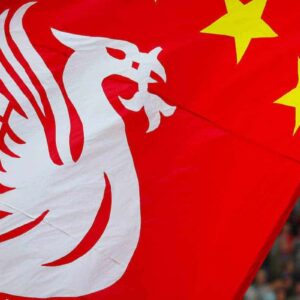
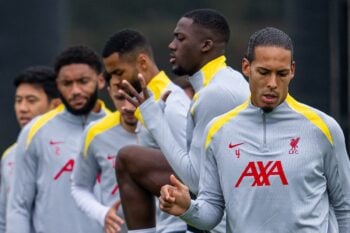
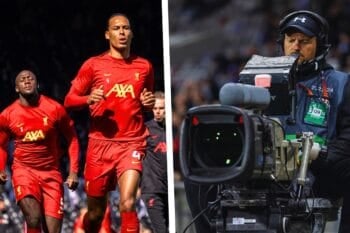

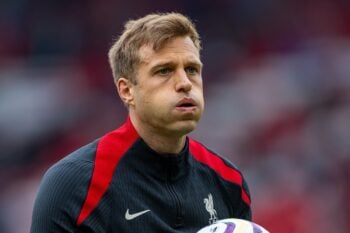
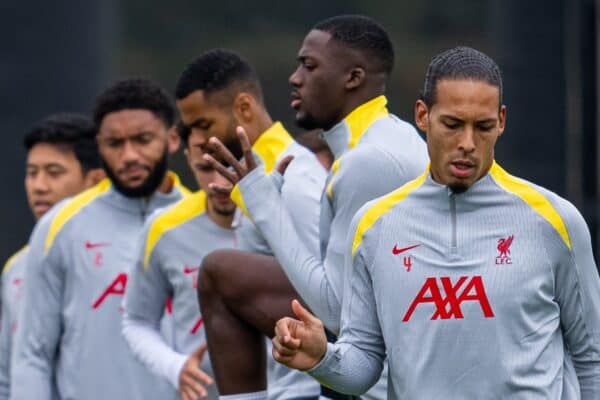
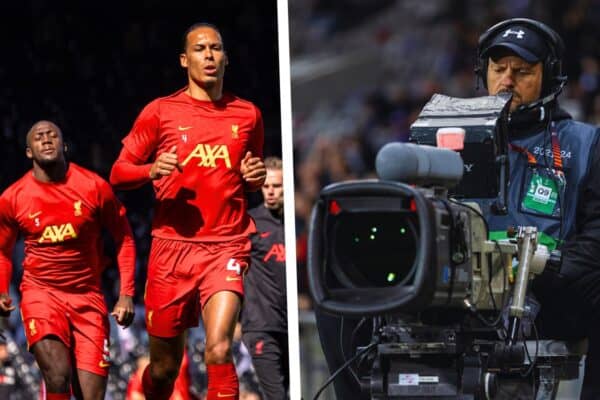
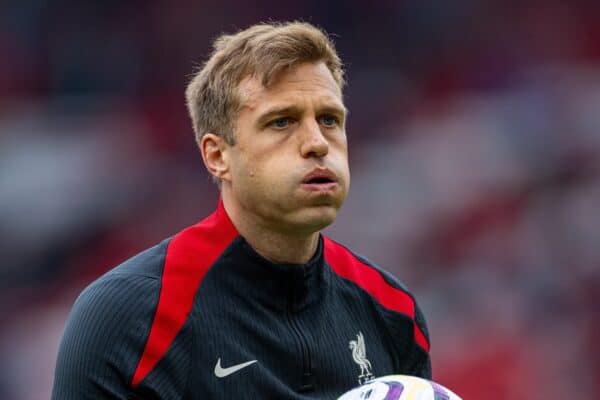


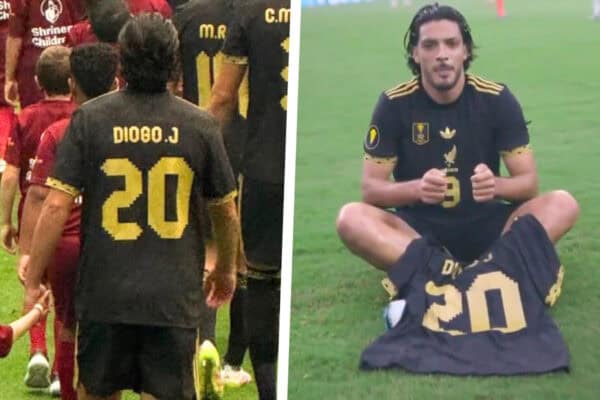
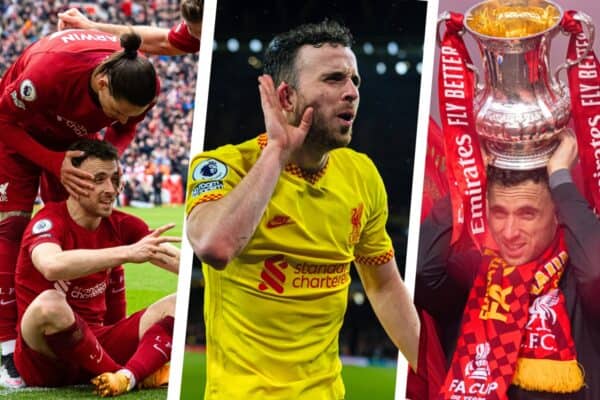
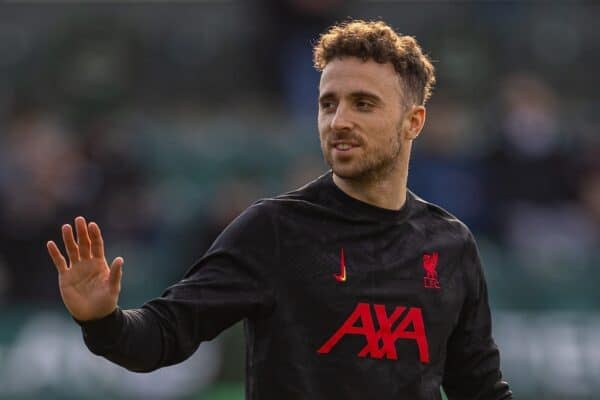



Fan Comments